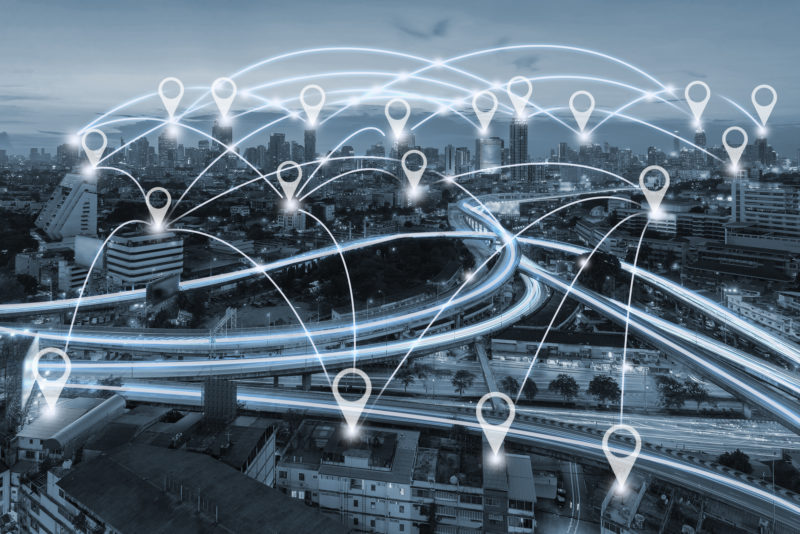Connectivity Solutions are offered by Turrito. The connectivity solution your business needs is completely dependent on your business model and what you require connectivity for. For example, an advertising agency requires better upload speeds due to the nature of their file sizes whereas an accounting firm would require constant connectivity because of cloud software such as Pastel. In this blog, we address what the different connectivity solutions are for Turrito Networks.
Covered in this article:
Dedicated Fibre
Dedicated Fibre means that you get a dedicated amount of bandwidth for your business, you don’t share it with anyone. It performs consistently and is a good solution for business that need constant, fast internet.
Broadband Fibre
Fibre broadband is like ADSL, but with fast fibre connectivity. We say it’s like ADSL because. Unlike a dedicated link, you get contention ratios. This a better option if your budget can’t facilitate a dedicated link.
Dedicated Wireless
As with Fibre, dedicated wireless is a dedicated wireless channel for your connectivity needs. Wireless connectivity provides flexibility for multiple devices and can reach further areas. This is perfect if you need fast connectivity and are not in a fibre ready area.
Broadband Wireless
Broadband Wireless provides high-speed, wireless connectivity over an area. This will have contention ratios but is suitable if your budget doesn’t allow for a dedicated channel.
MPLS Connectivity Solutions
An MPLS is a technical, yet powerful solution. Think of it as a private internet for your business. Each of your branches can share data and you can prioritise for different types of data. MPLS is more secure when packaged together with a VPN and is more suitable for companies with various branches that need to communicate frequently.
LTE and Mobile Connectivity Solutions
LTE stands for Long Term Evolution and it is wireless broadband technology. This connectivity solution came about due to mobile devices changing the IT landscape. LTE is fast, area-specific and great for mobile or remote workers.
Layer 2 and Layer 3 connectivity solutions
This kind of connectivity solution is direct access to the Internet. To understand if your business needs this we might need to explain the different layers using the metaphor of a barren landscape.
Layer 1 – The physical layer. Imagine a settlement springs upon this landscape, then enterprises spring up. How do their employees get to work? So they build a railway to get staff to work. This is Layer one, the undersea cables.
Layer 2 – The data link layer. Meanwhile, a road network is starting to develop, and the railways are lagging in growth as more business grows. So instead of long trains, they get dedicated roads between branches. These roads have robots and booms so that traffic can be controlled. This is Layer 2, data links connecting to the undersea cables. The traffic can also be controlled and sorted in the right direction.
Layer 3 – The network layer. Now taxi’s get introduced, you can use them but you are not entirely sure on the route they are going to take. This is where big network operators live and get you to the internet. All people connecting to this get equal treatment.
These solutions can be quite pricey as they require cables and infrastructure. But work if you rely heavily on the internet for your business.
APN
You have an APN on your phone to access the internet. It is the gateway between mobile and computer networks. An APN is necessary to connect to your ISP/ carrier and determine which IP addresses should be assigned to which wireless device. It also can be used to connect to the internet.
Contact us to get a free assessment of your business and understand which of the connectivity solutions it needs to operate at full speed.


